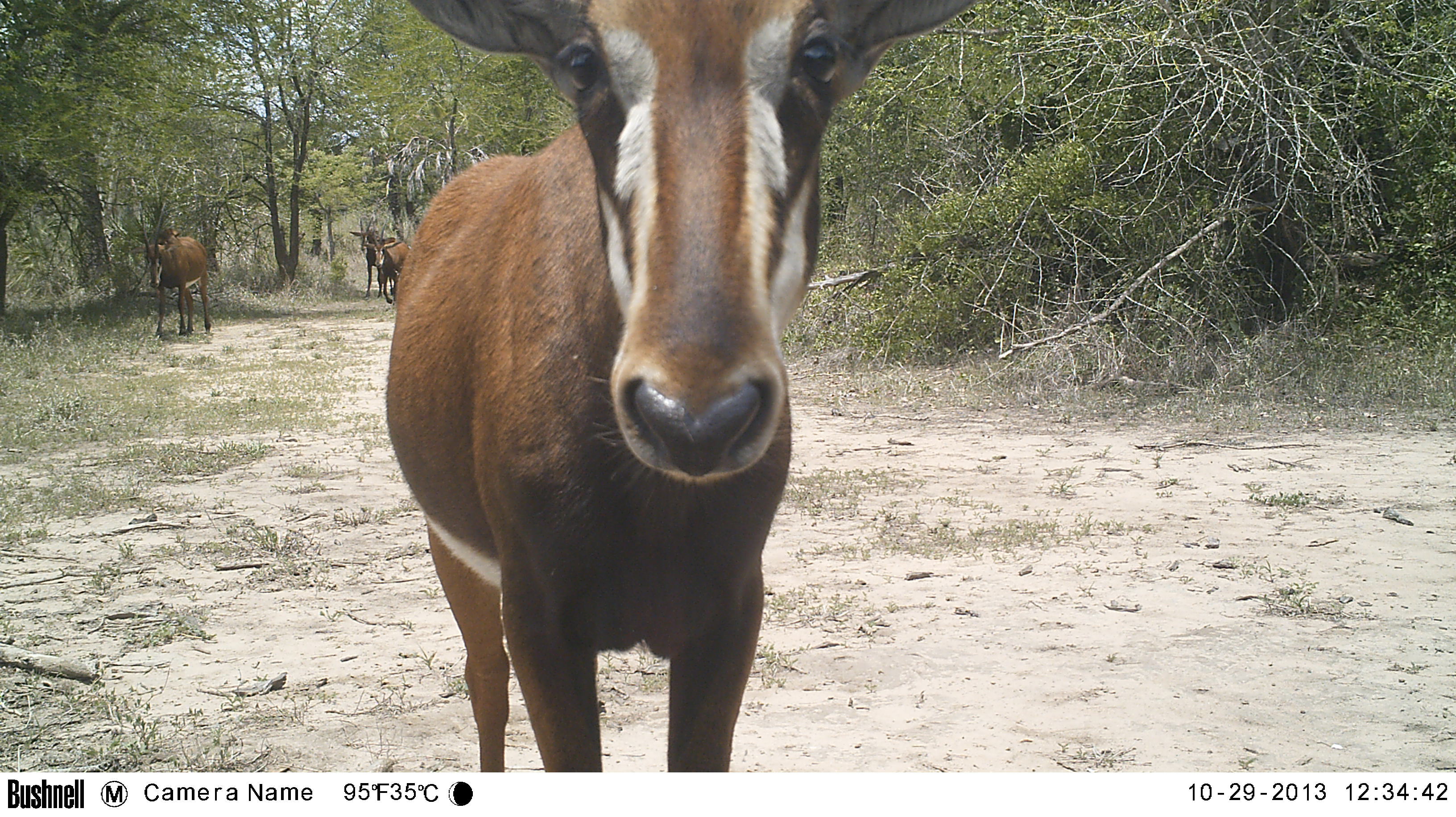
Mozambique’s Gorongoso National Park is reaching out to citizen scientists globally for help making sense of their plethora of trail-cam data.
If you’ve ever been jealous of researchers working in some of Africa’s greatest safari parks, take a moment to thank the technology gods. With the help of the Howard Hughes Medical Institute, anyone with a computer and internet connection can now sign up to sort through the last two year’s worth of photos from lion-researcher and Gorongoso ecologist Paolo Bouley’s 52 trail cameras.
Right now there around 225,000 photos up for grabs, which all require multiple rounds of identification from different users before considered accurately labeled and retired. Bridget Conneely, an ecologist and Science Education Fellow with the Howard Hughes Medical Institute, says since the project went live last week via the citizen science platform Zooniverse, they’ve had an amazing response.
‘Right now we’ve got more than 2,000 active volunteers, who have classified 41,000 or so photos,’ she says. ‘And our talk-forms have been very, very active.’
Once users sign up for the Gorongosa project, they’re given a brief tutorial on how to use the platform, then use filters in the labeling tool, user forms, and links to field guides to become skillful spotters. Users have already spotted big-time park rarities, hidden from human view and likely the safari’s grounds for decades like leopards, hyenas and jackals.

Conneely says the Gorongoso web camera project is a perfect undertaking for the institute—an exciting educational tool centered on a wonderful wildlife conservation story. She explains that prior to 1977, Gorongoso boasted an abundance of species, but subsequent independence and civil wars decimated this diversity. Ivory and rare species were exchangeable for weaponry or money, and bush meat a good way to feed the soldiers. Gorongosa was even used as a military base at one point.
‘When people first entered the park in 1992 there were only a handful of most populations like wildebeest, elephants, rhino and hippos left,’ she says. ‘For many years afterwards you’d only really see warthogs and baboons in the park, occasionally antelope. Some very depleted species were reintroduced, but many returned to the site on their own once it became safe.’
Today the park has regained its former beauty. There are also institute-plans for the webcam project to branch out into High School classrooms. A database will allow teachers and their students, and really whoever wishes to do so, to explore specific questions using the Gorongosa results.
Users have already whipped through around eight percent of the project right now, but Conneely says there’s no shortage of photos. Bouley’s already got a new set collected over the last few months, and other researchers in the park have gotten on board, setting up their own trail cameras and opening up new habitats and species for future viewing.
